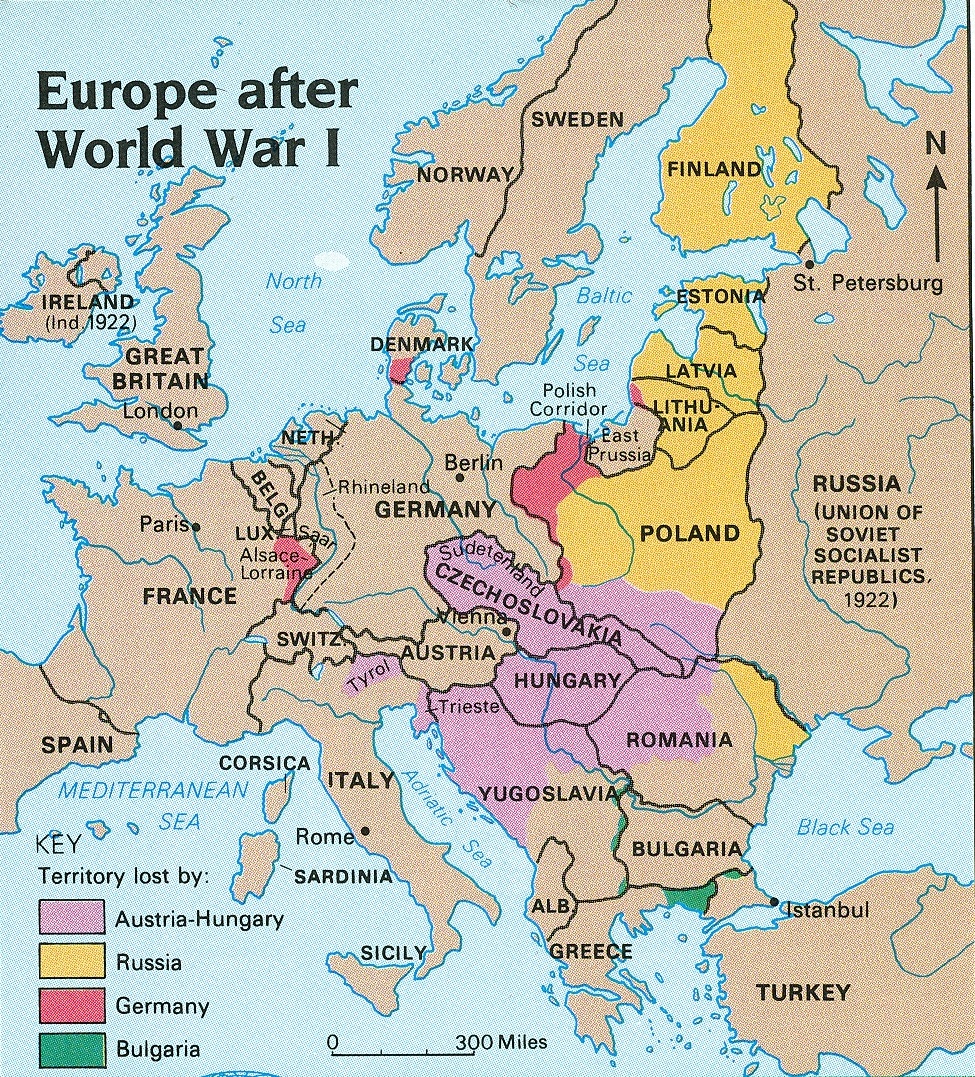Unlocking History: The Power of World War 1 Photography

Imagine stepping back in time, transported to the trenches, the battlefields, and the anxious home fronts of World War 1. What power would a single photograph hold, capturing a moment of devastation, resilience, or quiet contemplation amidst the chaos? The visual record of the Great War, preserved in countless images and pictures, offers just this kind of transportive experience, connecting us to a pivotal moment in human history.
These World War I visual artifacts – from formal portraits of soldiers to candid snapshots of life in the trenches – aren't just historical documents. They're windows into the souls of those who lived through the conflict, soldiers and civilians alike. The grainy black and white photographs, often imbued with a sense of immediacy and rawness, speak volumes about the human experience of war: the fear, the camaraderie, the loss, and the enduring hope.
The importance of World War 1 images and pictures lies in their ability to humanize history. Textbooks and historical accounts provide context and narrative, but it's the photographs that truly bring the past to life. They offer visceral reminders of the conflict's impact, reminding us that the war wasn't just about dates, battles, and political maneuvers, but about the lives of real people caught in extraordinary circumstances.
The emergence of photography as a readily accessible medium during World War 1 meant that the conflict was documented in a way no war had been before. These images, disseminated through newspapers, magazines, and postcards, shaped public perception of the war, both on the home front and internationally. They became powerful tools of propaganda, but also provided a glimpse behind the carefully constructed narratives of governments and military leaders.
Exploring these historical photographs presents us with a unique opportunity to connect with the past on a deeper level. By studying the faces, the landscapes, and the details captured in these images, we can gain a more nuanced understanding of the Great War's impact on individuals, communities, and the world as a whole. It's a journey of discovery, one that reveals the enduring power of visual storytelling in shaping our understanding of history.
Preserving these World War 1 images is paramount. Many of these photographs are fragile, susceptible to damage from time, light, and improper handling. Archiving and digitizing these images ensures their preservation for future generations, allowing us to continue learning from and engaging with this crucial period in history. Digital platforms and online archives offer unprecedented access to these visual treasures, making it easier than ever to explore the visual history of the Great War.
Three key benefits of studying World War 1 photographs include gaining a deeper understanding of the war’s impact, developing empathy for those who lived through it, and fostering a greater appreciation for the importance of peace. For example, images of soldiers in the trenches showcase the horrific conditions they endured, fostering empathy. Photographs of devastated landscapes demonstrate the war's destructive power, promoting a desire for peace.
Advantages and Disadvantages of Using World War 1 Images
| Advantages | Disadvantages |
|---|---|
| Provides visual evidence and insights | Can be manipulated or misinterpreted |
| Humanizes history and connects us to the past | Can be distressing or triggering for some viewers |
| Enhances understanding of the war's impact | May not represent the full complexity of the war |
Frequently Asked Questions:
1. Where can I find World War 1 photographs online? Many archives and museums have online collections.
2. Are these images copyright free? Copyright status varies depending on the source.
3. How can I use these images in my research? Cite your sources properly and respect copyright restrictions.
4. What are some reputable sources for World War 1 images? The Imperial War Museums, the National Archives, and the Library of Congress are good starting points.
5. Can I purchase prints of these photographs? Many institutions sell prints or offer high-resolution downloads.
6. How can I help preserve these historical images? Support archives and museums that work to preserve these collections.
7. What are some ethical considerations when using these images? Be mindful of the sensitive nature of the content and avoid sensationalizing the war.
8. How can I learn more about the context of these photographs? Research the historical background of the war and the specific events depicted in the images.
Tips for researching World War 1 photography: Focus on specific themes, explore different archival collections, and consider the photographer's perspective.
The grainy black and white photographs from World War 1 offer a powerful portal to the past. They provide invaluable insights into the human experience of war, allowing us to connect with the individuals and events that shaped this pivotal period in history. By exploring these images, we gain a deeper understanding of the war's impact, cultivate empathy for those who lived through it, and strengthen our commitment to peace. Preserving and engaging with these visual treasures is essential for fostering a more informed and compassionate future. Let us continue to explore, learn, and share the stories embedded within these powerful images, ensuring that the lessons of the past are never forgotten.
Snag that google logo svg download mania
Unlock epic waves best wake surf ski boats
Shoji white benjamin moore the ultimate guide








.jpg)




